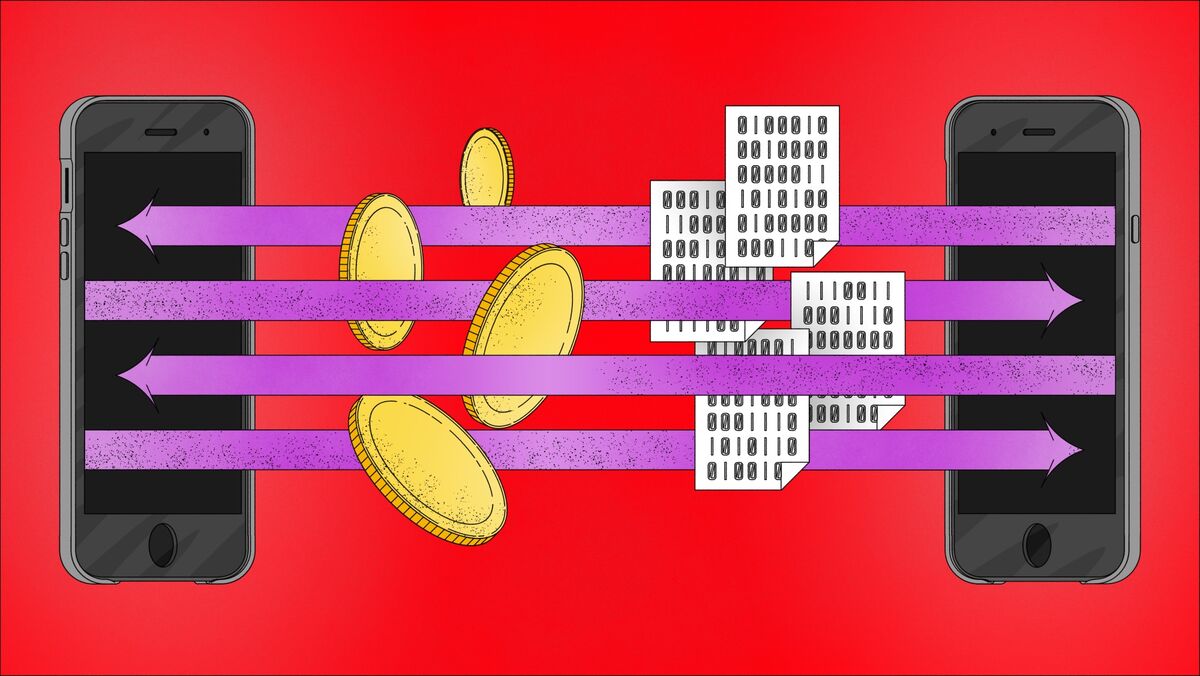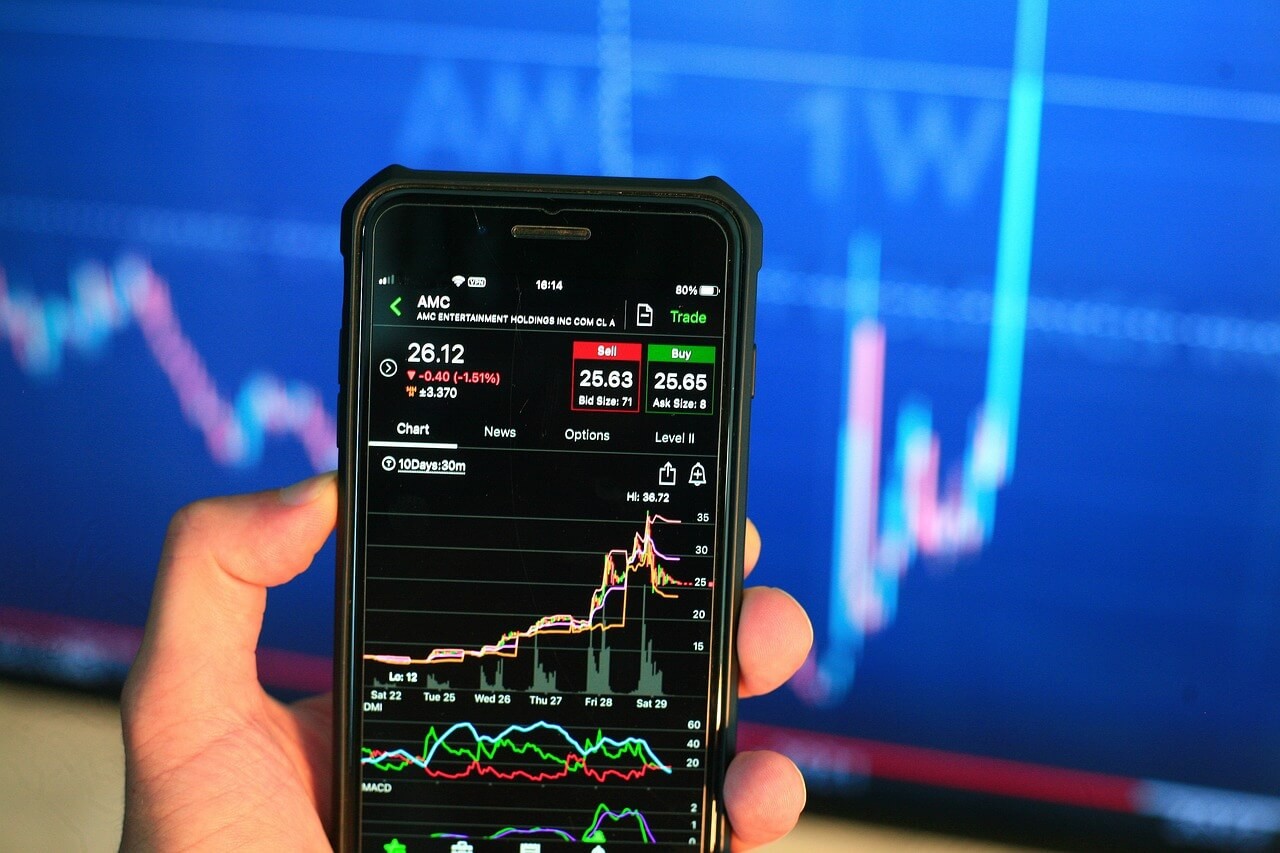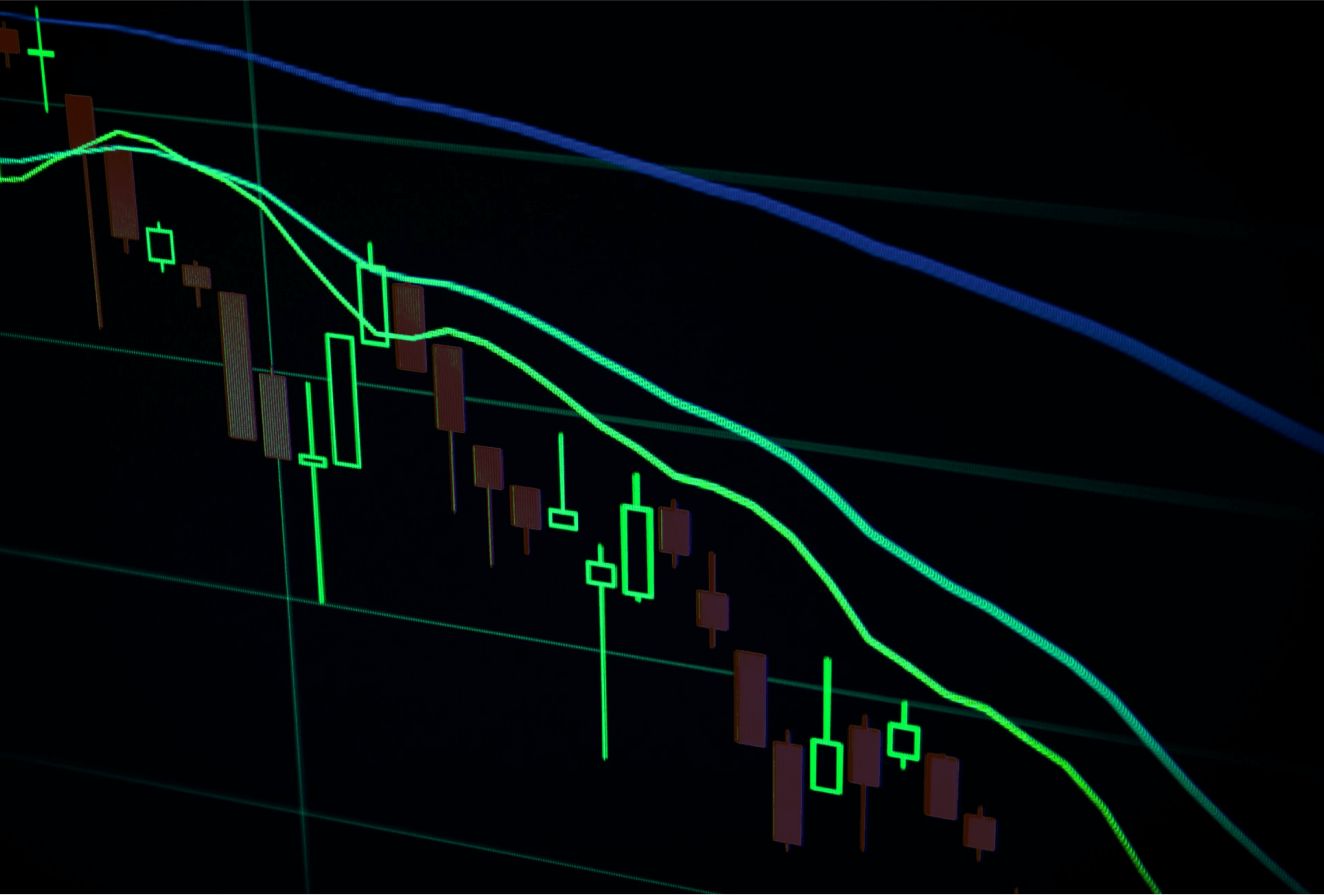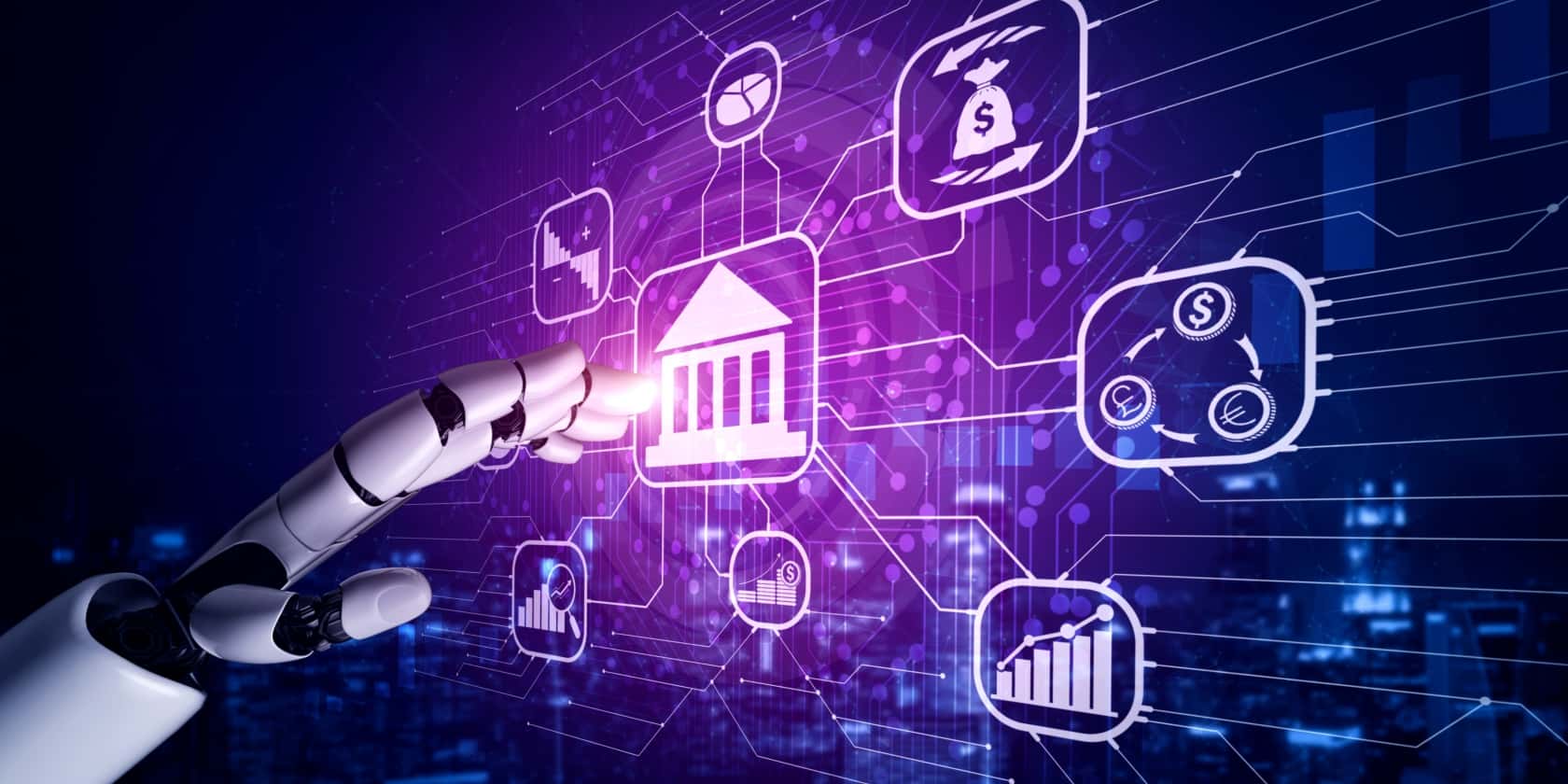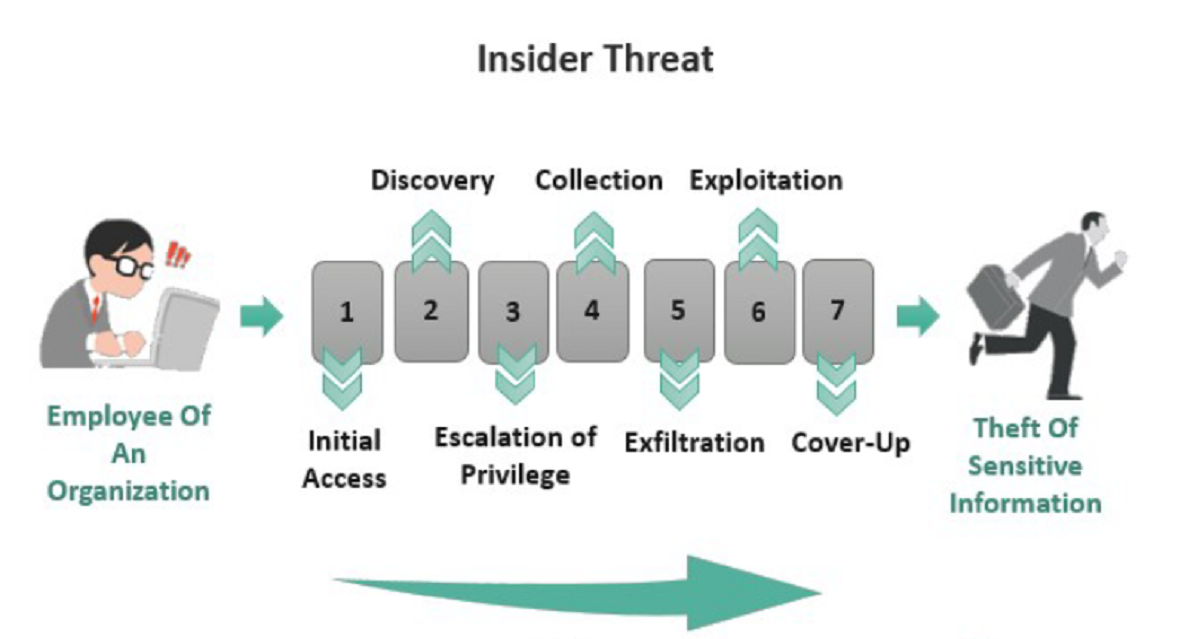Introduction
Insider trading is a practice that has long plagued the financial markets. It occurs when individuals, usually employees or executives within a company, use non-public information to make trades that give them an unfair advantage. This unethical behavior undermines the integrity of the market and erodes investor confidence.
The detection of insider trading is a crucial undertaking for regulatory bodies, such as the Securities and Exchange Commission (SEC) in the United States. By identifying and prosecuting those who engage in insider trading, these organizations aim to ensure fair and transparent trading practices and protect the interests of investors.
The challenge of detecting insider trading lies in the clandestine nature of these activities. Insiders often take great precautions to avoid detection, making it necessary for regulatory bodies to employ sophisticated methods and technologies to uncover illegal trading activities.
In this article, we will explore various approaches used to detect insider trading, including market surveillance, tip-offs and whistleblowers, patterns and anomalies analysis, monitoring of trading accounts, electronic communication monitoring, cooperation with regulatory agencies, and the utilization of artificial intelligence and machine learning. We will also examine real-life case studies to demonstrate the effectiveness of these detection methods.
By shedding light on the strategies employed to detect insider trading, we can gain a better understanding of the measures in place to protect the integrity of financial markets and safeguard investors’ interests.
Insider Trading: Definition and Examples
Insider trading refers to the buying or selling of securities, such as stocks or bonds, based on material non-public information about a company. This practice gives individuals an unfair advantage and undermines the fairness and transparency of financial markets.
There are various types of insider trading. The most common is “classic” insider trading, where an insider trades based on confidential information not yet made available to the public. For example, if a company executive learns that their company will announce positive quarterly earnings, and they buy shares in the company before the news is released, that would constitute classic insider trading.
Another type of insider trading is “tipping,” where an insider shares confidential information with others who then trade based on that information. For instance, if an executive discloses material non-public information to a friend or family member, who then trades on that information, both the executive and the recipient of the tip could face legal repercussions.
Examples of insider trading cases are abundant. One notable case involved Martha Stewart, a well-known businesswoman and television personality. She was found guilty of insider trading for selling shares of a biotechnology company based on inside information about negative FDA results for one of the company’s drugs.
Another high-profile case is that of Raj Rajaratnam, a hedge fund manager. He was convicted of insider trading for profiting from confidential information about various companies, obtained through an extensive network of sources within those companies.
Insider trading is considered illegal in most jurisdictions, as it undermines the principles of fair and transparent trading. However, detecting and prosecuting insider trading can be challenging. Regulators rely on various methods and technologies, which we will explore in the following sections, to identify and investigate insider trading activities.
Market Surveillance
Market surveillance is a fundamental tool used by regulatory bodies to monitor trading activities and detect any suspicious transactions that may indicate insider trading. Market surveillance systems have evolved significantly with the advancements in technology, allowing for more effective and efficient monitoring.
These systems work by analyzing vast amounts of market data in real-time, looking for patterns and anomalies that may indicate insider trading. They track trading activities, order flow, and market movements to identify any unusual trading behavior.
One common approach in market surveillance is the use of algorithms and automated systems to flag potentially suspicious trades. These algorithms are designed to detect abnormal price movements, high trading volumes, or sudden spikes in trading activity for specific securities. When these anomalies are detected, it triggers further investigation by regulatory bodies.
Furthermore, market surveillance also involves the monitoring of trading venues, such as stock exchanges and alternative trading platforms. These venues are required to report all trades to regulatory bodies, allowing them to track and analyze trading activities across different markets.
Market surveillance is not limited to the monitoring of individual trades. It also looks for patterns and correlations across multiple trades and accounts. By identifying suspicious patterns, such as a significant number of trades happening shortly before the release of important news, regulators can target specific accounts or individuals for further investigation.
In recent years, the use of big data analytics has become increasingly prevalent in market surveillance. By utilizing powerful data analysis techniques, regulators can identify complex trading patterns and relationships that may be indicative of insider trading. This allows them to stay one step ahead of sophisticated insider trading schemes.
Overall, market surveillance plays a crucial role in detecting insider trading by continuously monitoring trading activities and identifying any suspicious or aberrant behavior. By leveraging advanced technologies and analytical tools, regulatory bodies can ensure the integrity and fairness of financial markets.
Tip-offs and Whistleblowers
In the fight against insider trading, tip-offs and whistleblowers play a significant role in uncovering illicit activities. Tip-offs refer to information provided by individuals who have knowledge of potential insider trading. Whistleblowers, on the other hand, are individuals who report insider trading to the authorities, often with insider information themselves.
Tip-offs can come from various sources, including colleagues, competitors, or even anonymous informants. These individuals may have observed suspicious behavior or possess specific knowledge related to insider trading activities. Regulatory bodies actively encourage individuals to report any suspicions they may have, providing hotlines and online reporting mechanisms to facilitate the process.
Whistleblowers, who are often insiders themselves, can provide crucial information and evidence that can aid in the detection and prosecution of insider trading. They may have direct access to non-public information or have witnessed unlawful activities firsthand. Whistleblowers can be motivated by a sense of justice, financial incentives provided by regulatory bodies, or personal gain in certain cases.
Regulatory bodies have enacted laws and established programs to protect whistleblowers. These programs ensure that whistleblowers’ identities are kept confidential and shielded from retaliation. In some cases, whistleblowers may even be eligible for financial rewards if the information they provide leads to successful enforcement actions.
The role of tip-offs and whistleblowers in detecting insider trading cannot be overstated. They provide crucial information that may otherwise be difficult to uncover through traditional investigation methods. However, it is important to note that tip-offs and whistleblower reports are just the starting point for further investigation. Regulators still need to gather additional evidence and conduct thorough investigations to confirm the validity of the information provided.
By encouraging individuals to come forward with information and providing protections for tip-offs and whistleblowers, regulatory bodies increase the chances of detecting and prosecuting insider trading. These individuals act as a vital source of information, helping to uncover illegal activities and maintain the integrity of financial markets.
Patterns and Anomalies Analysis
Patterns and anomalies analysis is a key method employed in the detection of insider trading. This approach involves identifying irregular trading patterns or unexpected behavior that may indicate the presence of insider trading activities.
One common pattern that regulators look for is significant trading activity occurring shortly before the release of important news or corporate announcements. For example, if a company is about to announce a merger or acquisition, regulators scrutinize the trading activities of individuals who may have had access to this non-public information. Unusually high trading volumes or abnormal price movements leading up to the announcement can provide valuable clues about potential insider trading.
Another pattern that regulators seek to uncover is the presence of consistent abnormal returns from certain individuals or accounts. By analyzing historical trading data and comparing it to market performance, regulators can identify traders who consistently outperform the market due to their access to privileged information. This consistency in abnormal returns serves as a red flag for insider trading.
Additionally, anomalies in trading patterns can also be indicators of insider trading. For instance, large transactions occurring in low-liquidity stocks or sudden trades in obscure securities could indicate that insiders are attempting to fly under the radar by trading in less closely monitored markets. These abnormal trading activities, when detected, prompt further investigation by regulatory bodies.
Advancements in technology and data analysis techniques have greatly enhanced the ability to identify patterns and anomalies associated with insider trading. Machine learning algorithms can analyze massive amounts of trading data and market indicators to detect subtle irregularities that humans may overlook. These algorithms are trained to recognize patterns and predict abnormal trading behaviors, allowing regulators to focus their efforts more effectively.
Patterns and anomalies analysis is both a proactive and reactive method in detecting insider trading. By continuously monitoring trading activities and comparing them to historical data, regulators can identify suspicious patterns and initiate investigations. At the same time, when a tip-off or whistleblower report is received, regulators can use pattern analysis to validate the claims and gather additional evidence.
Overall, patterns and anomalies analysis is a powerful tool in detecting insider trading, as it leverages data analysis techniques to identify irregularities and potential misconduct. It helps regulators spot trends, track trading behaviors, and uncover transactions that may otherwise go unnoticed.
Monitoring of Trading Accounts
The monitoring of trading accounts is another essential method used in the detection of insider trading. Regulatory bodies employ various techniques to track and analyze trading activities across different accounts, aiming to identify any suspicious transactions that may indicate insider trading.
One approach to monitoring trading accounts involves the use of data analytics to analyze transactional data in real-time. Regulators can identify unusual or abnormal trading patterns, such as a sudden increase in trading volumes or a high frequency of trades within a short period. These abnormal trading activities serve as potential indicators of insider trading and warrant further investigation.
In addition to analyzing trading patterns, regulators may also monitor account balances and transaction history for inconsistencies. Large and unexpected deposits or withdrawals can raise red flags and prompt closer scrutiny of the account’s activities. Monitoring account activity can help regulators detect any attempts to hide or launder illicit gains from insider trading.
Regulatory bodies may also employ tools to track and monitor specific individuals or entities known for their involvement in insider trading. Watchlists are created, containing the names of individuals with a history of insider trading or suspicions surrounding their trading activities. By closely monitoring these accounts, regulators can respond swiftly to any suspicious activity and prevent further illegal trading.
Collaboration and information sharing among different regulatory bodies and financial institutions play a crucial role in the monitoring of trading accounts. Suspicious transactions or individuals flagged by one organization can be swiftly shared with others, enabling a coordinated effort to detect and prevent insider trading across multiple jurisdictions.
To enhance the effectiveness of monitoring trading accounts, regulatory bodies often require comprehensive and timely reporting from brokerage firms and financial institutions. These institutions are expected to maintain detailed records of their clients’ trading activities, including transaction history, trade executions, and account balances. By analyzing this data, regulators can identify any potential irregularities or signs of insider trading.
The monitoring of trading accounts is an ongoing process that not only helps detect insider trading but also serves as a deterrent. The knowledge that their trading activities are being closely monitored acts as a strong deterrent for individuals contemplating engaging in insider trading.
By investing in advanced technologies and analytical tools, regulatory bodies can strengthen their ability to monitor trading accounts effectively. This proactive approach contributes to maintaining the integrity of financial markets and safeguarding the interests of investors.
Electronic Communication Monitoring
In the digital age, electronic communication monitoring is a crucial method used in the detection of insider trading. This approach involves tracking and analyzing electronic communications, such as emails, instant messages, and phone calls, to identify any conversations or exchanges of information related to insider trading.
Regulatory bodies employ specialized tools and software to monitor electronic communications across various channels, both within and outside of organizations. These tools scan messages and conversations for keywords, phrases, or patterns that may indicate the presence of insider trading activities. For example, mentions of confidential information, upcoming announcements, or trades based on non-public information are all red flags that trigger further investigation.
With the advent of advanced technologies, natural language processing and machine learning algorithms have significantly improved the effectiveness of electronic communication monitoring. These algorithms can not only detect specific keywords but also understand the context and tone of the conversation, allowing for more accurate identification of potential insider trading activities.
Regulatory bodies often work closely with financial institutions, requiring them to implement measures for electronic communication monitoring. This ensures that both employees and clients’ communications are subject to scrutiny, minimizing the risk of insider trading going undetected.
In addition to monitoring external communications, regulators also focus on internal communication channels within organizations. Monitoring internal emails, chat platforms, and other forms of internal communication helps identify potential instances of insider trading by employees or executives within a company.
Electronic communication monitoring is not solely limited to text-based communications. Regulatory bodies also monitor voice communications, such as phone calls, to detect any discussions or exchange of non-public information. Advanced audio analytics and voice recognition technologies enable regulators to identify suspicious conversations and investigate further.
It is worth noting that the monitoring of electronic communications raises privacy concerns. Privacy laws and regulations dictate how and to what extent regulators can access and analyze electronic communications. Striking a balance between monitoring for illegal activities and respecting privacy rights is a crucial consideration in the implementation of electronic communication monitoring.
Overall, electronic communication monitoring is a powerful tool in detecting insider trading by tracking and analyzing conversations and exchanges of information related to non-public information. By leveraging advanced technologies and stringent monitoring practices, regulatory bodies can enhance their ability to uncover illicit activities and ensure the fairness and integrity of financial markets.
Cooperation with Regulatory Agencies
Cooperation with regulatory agencies is essential in the detection of insider trading. Financial regulatory bodies collaborate with each other, as well as with other law enforcement agencies, to share information, resources, and expertise in their efforts to identify and prosecute individuals involved in insider trading.
One key aspect of cooperation is the exchange of information and intelligence. Regulatory bodies establish channels for sharing information between jurisdictions, allowing them to identify cross-border insider trading activities. This collaboration enables regulators to access data and insights from different markets, enhancing their ability to detect and investigate complex insider trading schemes.
Regulatory agencies also work closely with stock exchanges and other trading platforms to gather data on trading activities. Stock exchanges have regulatory obligations to report suspicious transactions, unusual trading patterns, or any behavior that may indicate insider trading. By leveraging these collaborations, regulatory bodies can gather comprehensive data and strengthen their monitoring and detection capabilities.
Moreover, cooperation with financial institutions is crucial in uncovering insider trading activities. Regulatory bodies establish partnerships with banks, brokerage firms, and other financial entities to ensure compliance with regulations and to facilitate the sharing of information. Financial institutions are expected to report any suspicious transactions or activities that may suggest insider trading. This collaboration allows regulators to get real-time insights and enhances their ability to detect and investigate potential cases of insider trading.
Cooperation with law enforcement agencies is also vital in combating insider trading. Insider trading is often intertwined with other financial crimes, such as money laundering or fraud. Joint efforts between regulatory bodies and law enforcement agencies help uncover the full extent of illicit activities and ensure that individuals involved in insider trading face appropriate legal consequences.
International organizations, such as the International Organization of Securities Commissions (IOSCO), also play a crucial role in fostering cooperation among regulatory bodies globally. IOSCO facilitates the exchange of information, best practices, and regulatory standards, further strengthening the collaborative efforts against insider trading across different jurisdictions.
Enhancing cooperation between regulatory agencies is not without challenges. Differences in legal frameworks, cultural norms, and information-sharing protocols can create hurdles. However, through joint initiatives, forums, and multilateral agreements, regulatory bodies strive to overcome these challenges and create a global framework for cooperation in detecting and prosecuting insider trading.
By fostering collaboration and cooperation, regulatory agencies can pool their resources, expertise, and data to effectively combat insider trading. Shared information and coordinated efforts amplify the ability to detect and deter insider trading activities, contributing to the overall fairness and integrity of financial markets.
Artificial Intelligence and Machine Learning
Artificial Intelligence (AI) and Machine Learning (ML) have revolutionized the detection of insider trading by providing advanced analytical capabilities and automated processes. These technologies play a crucial role in analyzing vast amounts of data to identify patterns, anomalies, and suspicious trading activities.
One significant advantage of AI and ML is their ability to process and analyze data at a speed and scale that would be challenging for humans to achieve. These technologies can sift through massive volumes of trading data, news articles, social media feeds, and other sources of information to identify correlations and potentially suspicious activities related to insider trading.
Machine learning algorithms can be trained to spot complex trading patterns and trends that may indicate insider trading. By learning from historical trading data, these algorithms can detect subtle irregularities in trading activities that human investigators may overlook. This improves the efficiency and accuracy of insider trading detection efforts.
AI and ML also excel in anomaly detection. These technologies can identify outliers, unusual trading behaviors, or deviations from normal trading patterns. By flagging these anomalies, regulators can prioritize their investigations and allocate resources more effectively.
Additionally, natural language processing techniques enable AI algorithms to analyze textual data, including news articles, financial reports, and company announcements. This enables regulators to stay up-to-date with the latest news and developments, identify potential triggers for suspicious trading activities, and uncover instances of insider trading based on information contained in these textual sources.
The integration of AI and ML technologies into market surveillance systems and electronic communication monitoring tools further strengthens the detection of insider trading. These systems can automatically analyze patterns, detect red flags, and alert regulators to potential instances of insider trading, minimizing the reliance on manual review and human intervention.
However, it is important to note that AI and ML are not foolproof. They rely on accurate and reliable data inputs to make accurate predictions and identify suspicious activities. Ensuring data quality and addressing biases in the algorithms are ongoing challenges in leveraging AI and ML for insider trading detection.
Overall, artificial intelligence and machine learning have significantly transformed the landscape of insider trading detection. These technologies empower regulatory bodies to process vast amounts of data, identify patterns, and detect anomalies with greater speed and accuracy, ultimately enhancing their ability to uphold the integrity of financial markets.
Case Studies in Insider Trading Detection
Examining real-life case studies provides valuable insights into the effectiveness of various methods and technologies in detecting insider trading. These cases showcase successful instances where regulatory bodies were able to uncover and prosecute individuals engaged in illegal trading activities.
One notable case is the conviction of Raj Rajaratnam, the founder of the Galleon Group hedge fund. In 2011, Rajaratnam was found guilty of insider trading based on the evidence obtained through electronic communication monitoring and wiretap surveillance. The case highlighted the effectiveness of these advanced monitoring techniques in uncovering complex insider trading schemes.
Another significant case is that of SAC Capital Advisors, a prominent hedge fund. The firm reached a settlement with the SEC in 2016, paying a record amount of $1.8 billion for insider trading charges. The investigation relied on a combination of monitoring trading accounts, gathering information from whistleblowers, and analyzing patterns and anomalies in trading activities.
The case of Martha Stewart is also noteworthy. Stewart, a well-known businesswoman and TV personality, was convicted for insider trading related to the stock of ImClone Systems. The evidence presented in the case included statements made by witnesses, financial records, and trading activities, illustrating the importance of careful analysis of trading patterns and financial data.
Furthermore, the case of Steven A. Cohen, the founder of SAC Capital Advisors, is worth mentioning. Although Cohen was not charged with insider trading personally, several of his employees were found guilty. The investigation relied on a combination of traditional investigative techniques, cooperation with regulatory agencies, and the utilization of advanced technologies for data analysis.
These case studies emphasize the importance of a multi-faceted approach to insider trading detection. The successful outcomes were the result of a combination of methods, including market surveillance, electronic communication monitoring, monitoring of trading accounts, data analysis, cooperation with regulatory agencies, and whistleblower reports.
While these cases demonstrate the effectiveness of certain methods and technologies, it is essential to acknowledge the ongoing efforts to innovate and improve detection techniques. As insider trading tactics evolve, regulatory bodies continue to refine their strategies and leverage new technologies to stay ahead of sophisticated schemes.
Overall, these case studies underscore the significance of a comprehensive approach to detecting and prosecuting insider trading. By employing a combination of methods and leveraging technological advancements, regulatory bodies can effectively uncover and mitigate insider trading activities, safeguarding the fairness and integrity of financial markets.
Conclusion
The detection of insider trading is a critical undertaking for regulatory bodies, and several effective methods and technologies are employed in this endeavor. Market surveillance, tip-offs and whistleblowers, patterns and anomalies analysis, monitoring of trading accounts, electronic communication monitoring, cooperation with regulatory agencies, and the utilization of artificial intelligence and machine learning are all essential tools in uncovering and prosecuting individuals involved in insider trading.
Market surveillance systems enable regulators to monitor trading activities and identify suspicious patterns or anomalies. Tip-offs and whistleblowers provide valuable information and evidence, often leading to successful enforcement actions. Analyzing patterns and anomalies aids in the detection of irregular trading behaviors indicative of insider trading. Monitoring trading accounts allows for scrutiny of individual transactions and account activities. Electronic communication monitoring helps uncover conversations or exchanges of non-public information related to insider trading. Cooperation with regulatory agencies and other stakeholders fosters information sharing and collaboration. Artificial intelligence and machine learning enhance data analysis and pattern recognition capabilities.
Real-life case studies demonstrate the effectiveness of these methods and technologies. Convictions of individuals like Raj Rajaratnam and Martha Stewart highlight the success of market surveillance and traditional investigative techniques. The SAC Capital Advisors settlement showcases the importance of comprehensive approaches that involve multiple detection methods and cooperation with regulatory agencies.
In conclusion, the detection of insider trading requires a multifaceted and proactive approach. By continuously evolving and integrating advanced methods and technologies, regulatory bodies can enhance their ability to detect and prevent insider trading. Effective detection and prosecution of insider trading are fundamental to upholding the integrity of financial markets, protecting investors’ interests, and maintaining trust and confidence in the global financial system.







